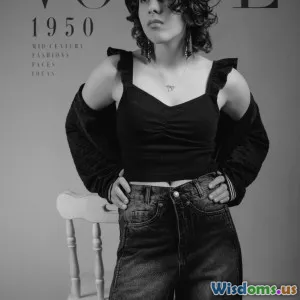
Did Harry Styles Make Genderless Fashion Mainstream
16 min read Explore Harry Styles' role in popularizing genderless fashion and its impact on the industry. (0 Reviews)
Did Harry Styles Make Genderless Fashion Mainstream?
Conversations around fashion haven't shimmered this brightly for decades. Countless runways, red carpets, and magazine spreads attest that our collective view of gendered style is changing at a fascinating pace. More than ever, men are seen in pearls, lace, and tailored dresses; women flaunt suits and sports jerseys. But among the latest batch of high-profile icons, has anyone made genderless fashion feel as approachable, celebrated, and, yes—mainstream—as Harry Styles? Let’s delve into how Styles stirred the global style pot, and whether he deserves the credit as the mainstream instigator of genderless trendsetting.
The Context: Genderless Fashion Before Harry Styles
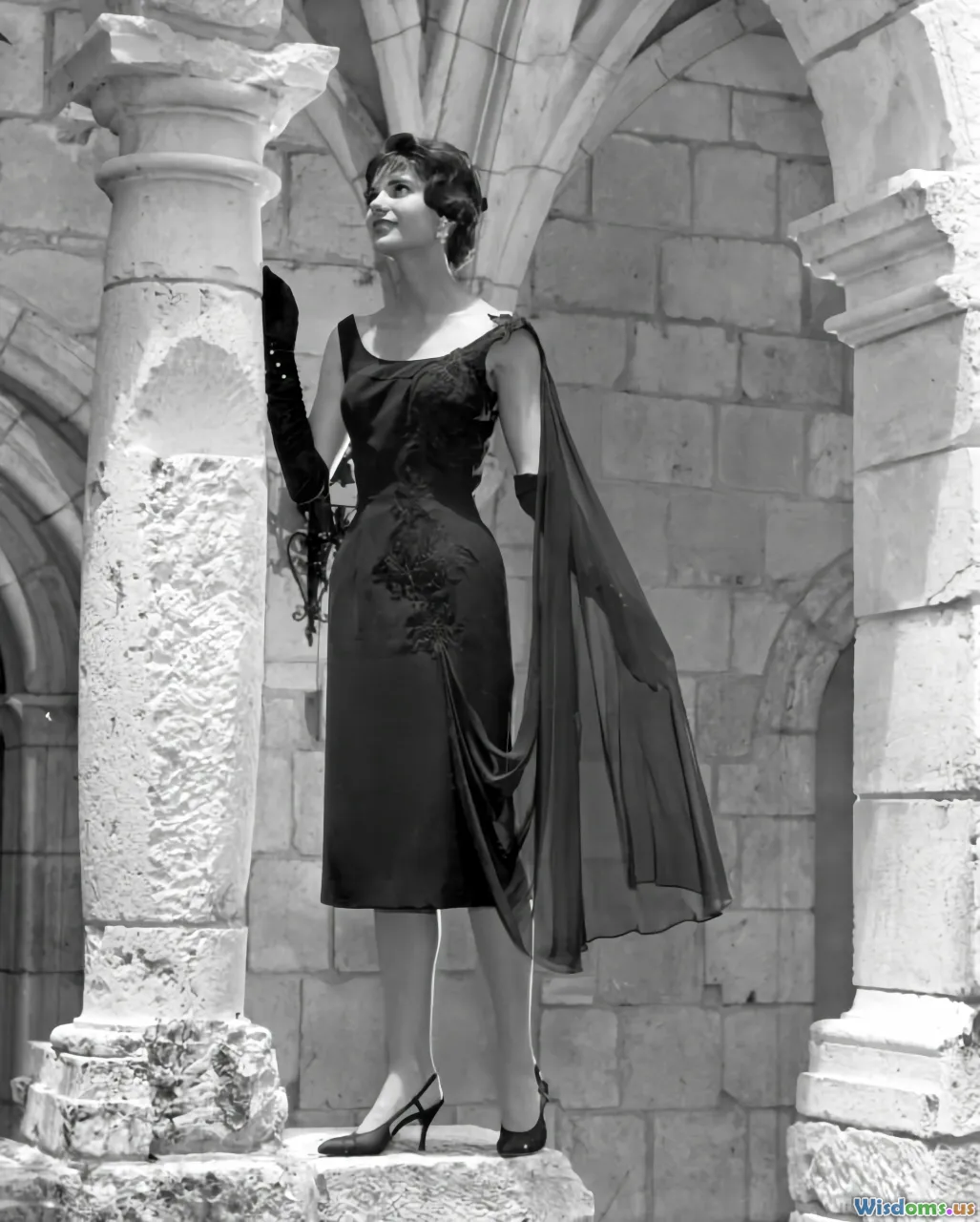
The embrace of gender fluid fashion is not an invention of the 2020s. Throughout history, clothing has been far less rigidly gendered than many assume. Ancient Greeks wore chitons and togas; medieval European men donned tights, tunics, jewelry, and long hair. During the 18th century, aristocratic men in Europe paraded through courts in powdered wigs, frilled shirts, and brightly colored silks.
With the rise of industrialization, Victorian codes and 20th-century mass production sharply segregated clothing lines for ‘men’ and ‘women,’ but rebellion brewed even then: the flapper movement challenged women's dress codes in the 1920s, while Marlene Dietrich forever scandalized and enchanted Hollywood by wearing tuxedos in the 1930s. Yohji Yamamoto and Rei Kawakubo blurred lines on Tokyo and Paris runways throughout the '80s and '90s.
Unisex fashion hit the high street via brands like American Apparel in the early 2000s, and artists like David Bowie and Prince toyed spectacularly with androgyny for decades. While Harry Styles sits atop a new wave of mainstream genderless fashion, his platform stands on venerable foundations built by sartorial rebels long before him.
What Makes Harry Styles’ Approach to Fashion Unique?
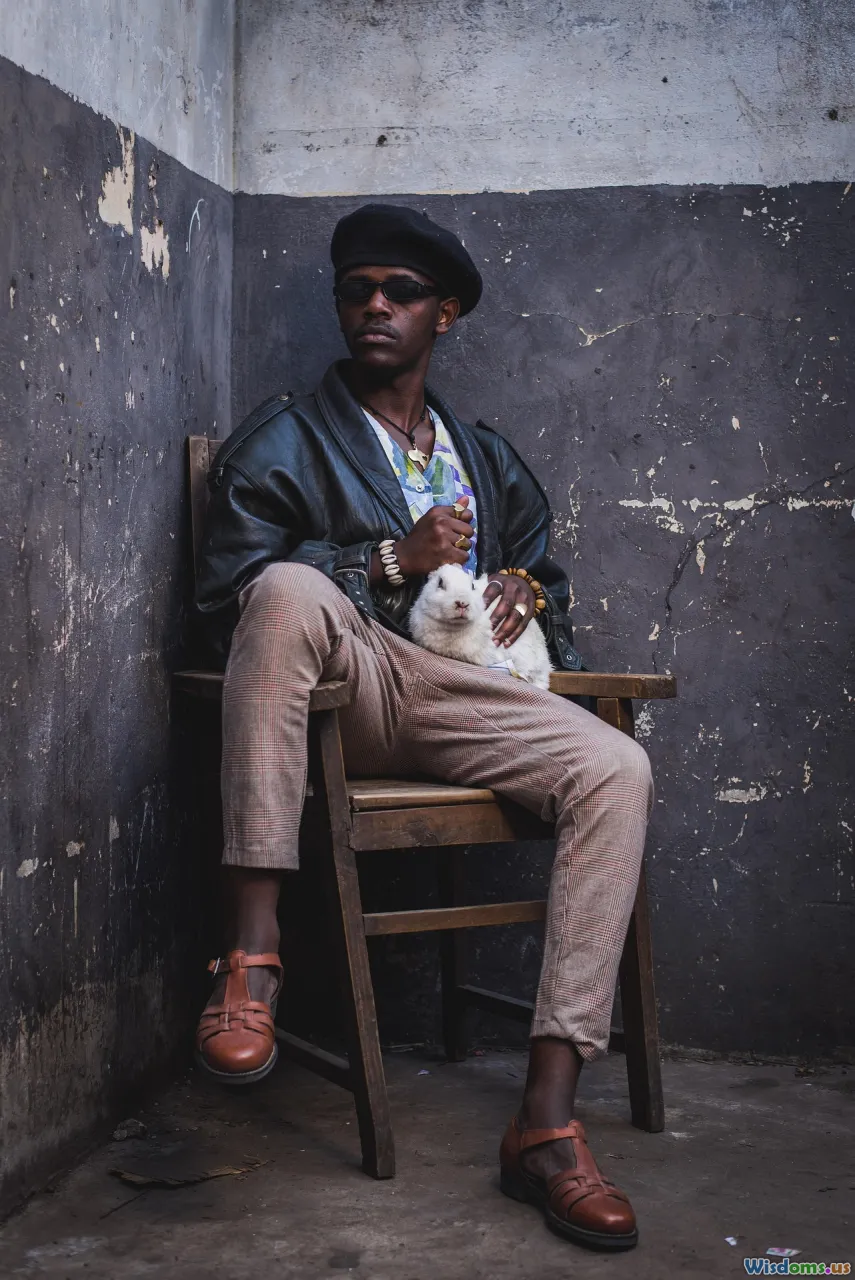
While trailblazers exist in every era, Styles brought a different magnetism. Unlike predecessors whose experimentation sat among subcultures or alternative spaces, Harry Styles positioned himself at the heart of Anglo-American pop culture with unflinching style abandon.
After departing from One Direction, he began incorporating traditionally ‘feminine’ items: nail polish, pearls, chiffon blouses, and Gucci-dressed pant suits. But where others dabbled, Harry made audacious, continual choices—often mixing elements considered masculine (a sharp double-breasted suit) with the ethereal (a lace tulle blouse or heeled boots). His style statements are never comical nor performative: they are executed with sincerity and artistic confidence.
Perhaps the most viral moment: his Vogue cover in December 2020, where he wore a billowing, powder-blue Gucci gown paired with a tuxedo jacket. The reaction—cheers and outrage alike—catapulted the mainstream debate. By looking comfortable in everything, Styles demonstrated that style could transcend gender, not just in elite fashion circles but across pop culture.
Social Media and the Viral Impact of Harry Styles’ Fashion
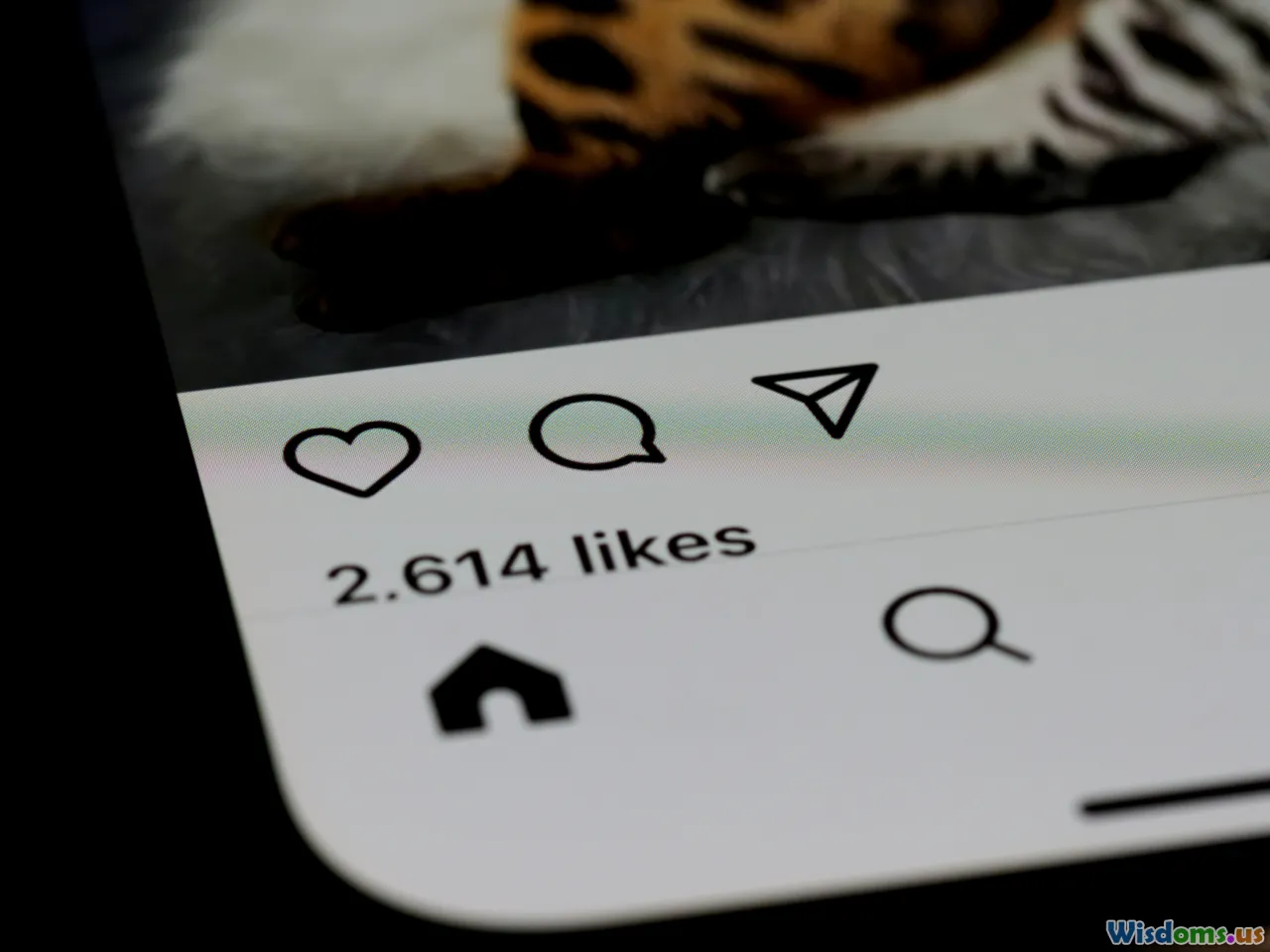
Harry Styles’ fashion moments weren't just seen—they were shared, dissected, meme-ified, and celebrated by millions within minutes. Platforms from TikTok to Pinterest teem with social media pages devoted to ‘Harry’s closet’ or tutorials on his makeup and wardrobe choices.
For example, when Styles wore a sequined rainbow vest at Coachella, #HarryStyles hastagged social posts spiked by more than 700% within hours. The Vogue cover photograph spawned replicas and memes that racked up over a billion views. Even Alexa Chung, a fashion it-girl herself, joked about his “fanboys and fangirls both wanting his wardrobe.”
This rate of visibility was unheard of for genderless fashion before social media. Bowie’s iconic Ziggy Stardust looks reverberated through magazines, music videos, and posters, but Styles’ digital presence leverages meme virality, minute-by-minute photo drops, and fan art to bring casual gender play to daily scrolling and shopping decisions worldwide.
How the Fashion Industry Responded to the “Styles Effect”

Major designers quickly noticed Harry Styles’ fashion power. After the 2019 Met Gala saw him outfitted in a sheer, ruffled Gucci ensemble curated by creative director Alessandro Michele, collaborations with luxury houses increased. Suddenly, gender bizarre, playful, and ambiguous made for prime real estate on runways and mannequins alike.
Gucci launched their “MX” collection—a genderless clothing capsule—directly encouraged by the press wave around Harry’s wardrobe. Vogue, GQ, and major retailers devoted full issues or lines to nonbinary and gender-neutral attire. Inditex’s Zara rolled out a “Ungendered” collection, while designers like Harris Reed moved from Styles’ personal stylist to headline-maker championing fluid design.
Other celebrities hopped aboard: Billy Porter, Janelle Monáe, Lil Nas X, and Timothée Chalamet found greater acceptance for gender-fluid presentations. But notably, it was the mainstream—your local Zara or department store—where genderless silhouettes found shelf space post-Styles mania, not just high fashion catwalks.
Genderless Fashion in Everyday Life – Shifting Cultural Norms
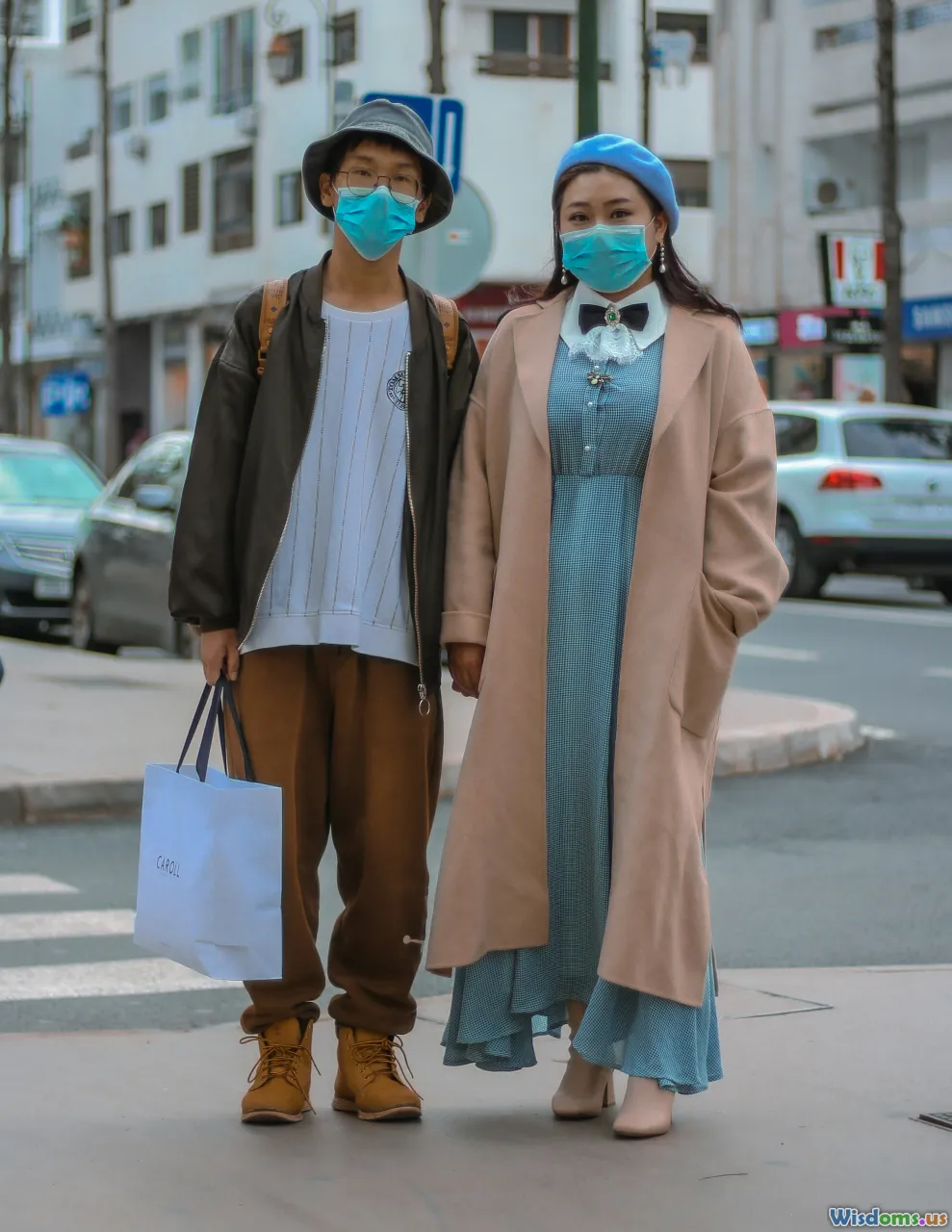
Perhaps the strongest evidence of genderless fashion's mainstream status lies with what people wear day-to-day, far from the red carpets or runways. Major retailers—including brands aimed squarely at Middle America—offer skirts for men, suiting for women, pastel “unisex” rompers, and gender-neutral fragrances.
Consumer data reflects this cultural shift. According to a 2023 report by McKinsey, gender-neutral apparel accounted for $3.5 billion in US sales—up 74% since 2019.
On social media, young men and women share OOTD (Outfit Of The Day) posts experimenting with gender-fluid aesthetics. On TikTok, the #genderless tag has over 2 billion views, many of which reference or visually quote Harry Styles. Notably, gender inclusivity's rise among major brands and the Gen Z consumer base shows that gender-neutral dressing isn't merely aspirational or protest—it’s becoming basic, versatile, and everyday.
Still, this transformation isn’t frictionless. Critics warn of erasure of nonbinary visibility when mainstream brands profit by blending ‘boy’ and ‘girl’ lines without meaningful inclusion. But in everyday settings—from subways to Zoom meetings—the cultural permission to dress across the gender spectrum is more visible than ever.
Criticism, Controversy, and the Limits of the Styles Phenomenon

As with any revolution, the genderless fashion movement drew detractors and stirred nuanced debate. When Styles appeared in a Vogue dress, conservative pundit Candace Owens called for a “return to ‘manly men,”” sparking a viral storm. For every adoring fan, there are provocateurs who see gender-neutral styling as a threat to tradition.
Fashion historians underline a fact: gender-fluid style is not new, nor is it the work of one man. Many LGBTQ+ creators and communities fought (and risked employment or safety) to wear the very items now celebrated on Pinterest. For some, seeing alone Styles inevitably credited as a movement leader feels like cultural whitewashing—praising a conventionally attractive, white, cisgender male for embracing what queer communities normalize every day.
While Styles earlier cited influences ranging from Bowie to Prince, he's spoken openly about gratitude for queer fashion innovators. In a 2020 Guardian interview, he acknowledged, “There’s, like, no right, wrong, signposts. This is just… clothes.” Nevertheless, his privilege and safety in mainstream markets contrast with real risks faced by transgender or visibly nonbinary wearers.
The discourse often returns to power, representation, and the limits of celebrity activism. Can Harry Styles truly claim to make genderless fashion mainstream—or did he merely make it visible for a corner of the mainstream that only now feels comfortable participating?
Allies, Inspiration, and The Collaborative Web of Style Evolution
No cultural movement grows singlehandedly. The Styles phenomenon instead magnified a constellation of creators making genderless fashion vital. Stars like Jaden Smith, Sam Smith, Ruby Rose, and Billy Porter have sported skirts, makeup, flower crowns, and bold eye looks—redefining masculinity and femininity for new generations.
Collaborators like Harris Reed, whose gender-fluid designs blend ‘Romanticism gone non-binary’, cite Styles as both muse and friend. Their partnership at the 2019 Met Gala fueled Reed’s rise, while Styles’ willingness to highlight diverse voices gave designers like Reed larger platforms and investors.
Even outside stardom, brands like Telfar (“not for you—for everyone”), 69 Worldwide, and TomboyX craft clothing that rejects every binary rule. Their cumulative work ensured that by the time Harry Styles donned brocade and pearls, the public conversation had a fertile ecosystem to support it.
Rather than a lone pioneer, Styles’ success reveals evolution through visibility, allyship, and strategic use of mainstream appeal. His fashion risks bypass the exclusive language of haute couture for an accessible style invitation: “Come as you are.”
Practical Takeaways: Adopting Genderless Fashion Confidently
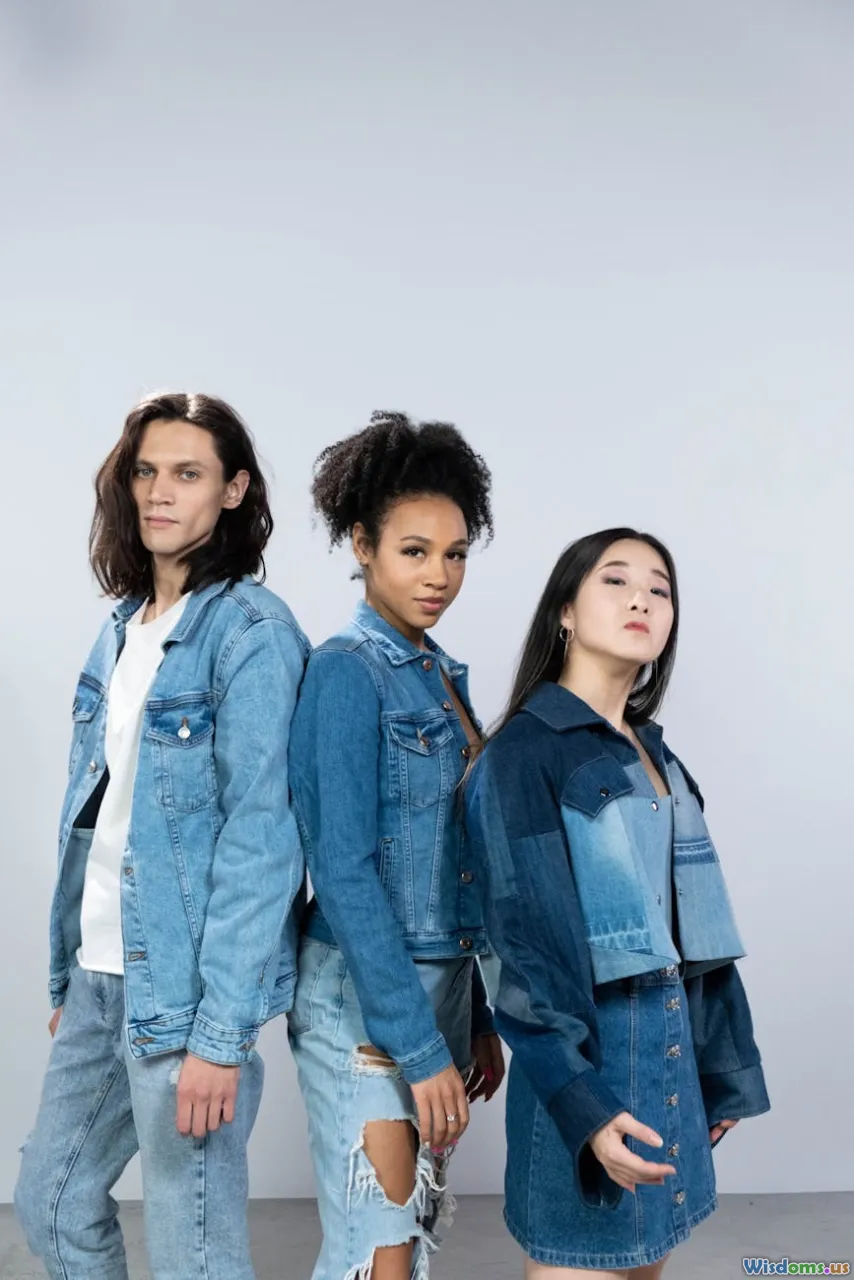
For those inspired to experiment—or to simply embrace comfort—here are actionable ideas for adopting genderless fashion in your personal life:
- Start Slow: Pair traditionally gendered items in simple ways. Jeans and a blouse, skirt with statement sneakers, or jewelry with a t-shirt.
- Mix Textures and Colors: Masculine and feminine cues come from material. Velvet, silk, linen, and denim move across lines.
- Respect Pronouns and Self-Expression: If you see someone experimenting with style, celebrate rather than speculate. Remember—the heart of genderless fashion is self-expression and authenticity.
- Shop Unisex Sections: Major retailers now offer gender-neutral basics. Seek out independent brands championing inclusivity and ethical production.
- Draw Inspiration Broadly: From Harry Styles and Billy Porter to icons like Annie Lennox or Tilda Swinton, use celebrity style as a jumping-off point, not a rulebook.
Above all, remember that comfort, confidence, and creativity are the real foundations of genderless style. Clothing, after all, should liberate—not confine.
Looking Ahead: Beyond the Styles Moment

As societal perceptions evolve, so will the cultural language of fashion. Harry Styles did not invent genderless fashion, nor is he its only face. But his blend of bold self-presentation, pop-cultural standing, and accessible charisma accelerated a broader shift—a shift embodied every time a young person wears pearls to prom, or a middle-aged executive dons a skirt suit at work.
Genderless fashion will keep mutating. Future icons—beyond current celebrities—will build atop the foundation left by LGBTQ+ activists, designers, musicians, and even risk-takers on the street. And as more people see themselves in a broader definition of style, the binary boundaries of fashion history continue to relax.
We can credit Harry Styles for making this movement visible and impossible to ignore. But its success, and its future, depends on everyone who chooses authenticity over assumption—the true heart of style, mainstream or otherwise.
Rate the Post
User Reviews
Popular Posts















